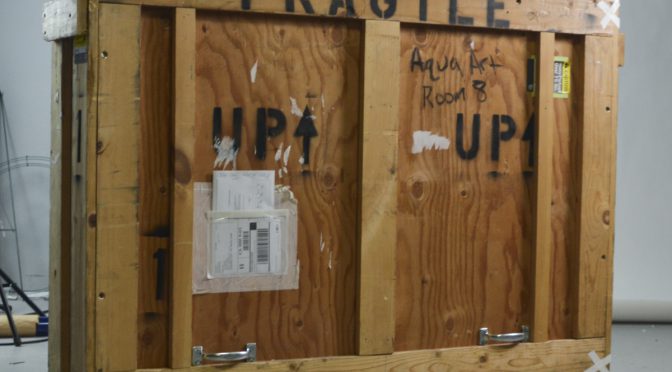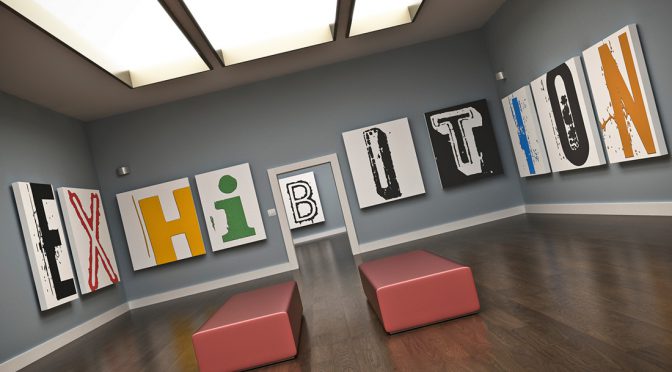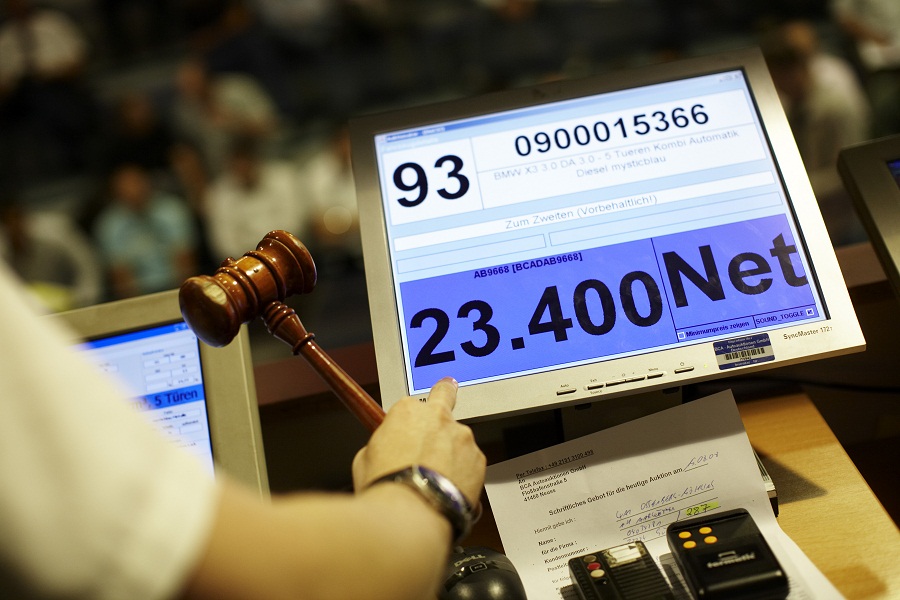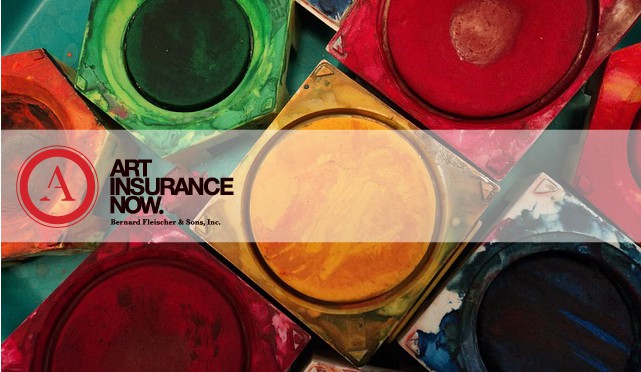Art collectors, museums, galleries, artists, dealers, and auctioneers have one interest in common – The love, and preservation of art. The latter is what proper art insurance is for. A knowledgeable broker will know how to meet your requirements and make sure that your valuable possessions are insured against unforeseen damage and loss.
Risk management in the world of art
Knowing the perils of owning art and how damage can be prevented is crucial for risk management in the art world. In other words, you will not know how to protect your valuable art if you are unaware of the risks. That’s why ArtInsuranceNow.com is here to help clients choose the right type of insurance tailored to their situation.
Why should an artist or collector have to be familiar with insurance terminology in order to choose proper coverage, when they have a team that is at their service who will recommend coverage based upon their unique situation? There is another necessary step to set up a solid risk management framework, and that is hiring experienced art movers to transport your art. According to top art insurance carriers, most accidents involving art occur during transport making up to 60% of insurance claims. For mitigation of this risk, you will require qualified art movers to handle conveyance.
Do you know the true value of your art collection?
Even though you know the sentimental value of your art piece or collection, you will probably not be able to determine its market value until you get it properly appraised. Don’t have an appraisal? we can still write a policy but at the time of loss, you must prove the value. ArtInsuranceNow.com can present accurate coverage that is suited to you. This provides cost-effective, comprehensive protection. It is essential to have a policy that covers damage and loss on or off-premises, during transport, in storage, and while the art is being exhibited or auctioned.
Accidents Happen
The true importance of having proper art insurance can be seen when an unfortunate event occurs. The smart thing to do is to think ahead and get the stellar coverage and exceptional service ArtInsuranceNow.com offers. There are many perils that your art can be exposed to, some examples are:
Theft
Art trafficking is one of the most prosperous criminal acts. It has been so from ancient times and unfortunately, it still is. Having proper art insurance cannot replace what has been lost but it will help you recover your investment.
Damage
All types of art can be precious, but some are much more delicate than others. You can never be too careful when protecting your valuables. Misfortune happens and we rarely see it coming. Art pieces can be completely destroyed or get ruined and lose all value in many ways, here are just a few:
- Floods,
- Fires,
- Natural disasters
- Fraud
- Heist
- Inadequate handling
Transit
Most damage to art happens in transit. Yes, movers can destroy your precious items. Whether it is due to incompetence or simply by accident, movers can damage or destroy the items you care so much about. So, be careful when hiring someone to relocate your valuable pieces of art. A good practice is to have a list of questions to ask before making a final decision about who will perform your relocation. Ask your friends for recommendations and call at least three companies to see what they offer. You can even contact the nearest gallery or museum and ask them for advice.
Transportation of fine-art pieces is the riskiest part of the relocation, but your movers should also be careful when packing and unpacking. Preparing art for relocation is a delicate task and it should never be done under pressure. That is why you should never try to self-transport your valuable items. Hiring fine art movers might seem expensive, but can you really put a price tag on peace of mind? It only takes one mistake to ruin an important work of art.
Ask your movers to describe the entire moving process to you. Will they come and see your art pieces before the relocation date so that they can make a plan? What kind of materials are they planning on using? Is the moving truck temperature controlled? Feel free to ask whatever comes to mind. After all, it is your art collection and you have the right to know.
Having the combination of proper art insurance along with qualified art movers means that you can rest assured that your art is covered for unforeseen circumstances and is in good hands when being transported. Risk management is the best investment you can make, for an extensive collection or just the precious piece of art you inherited from a relative.






